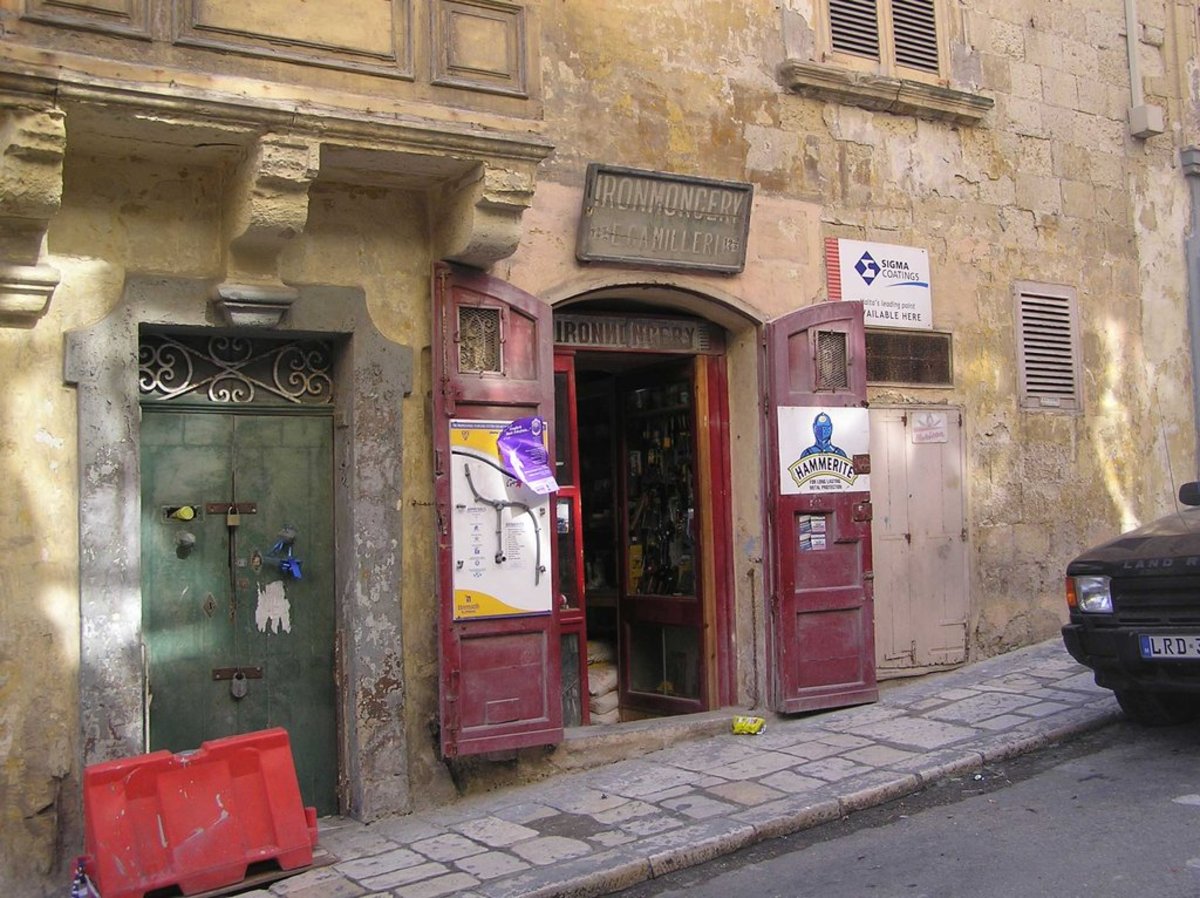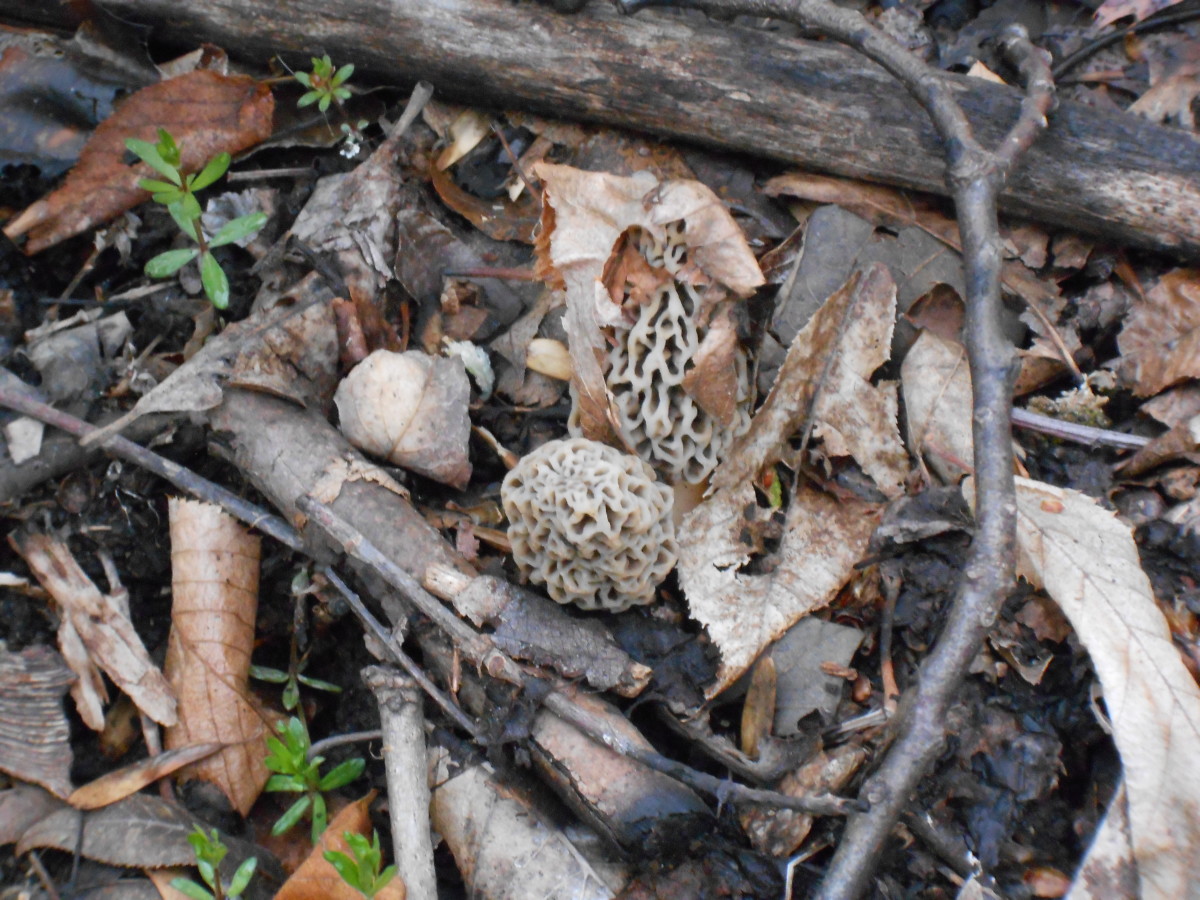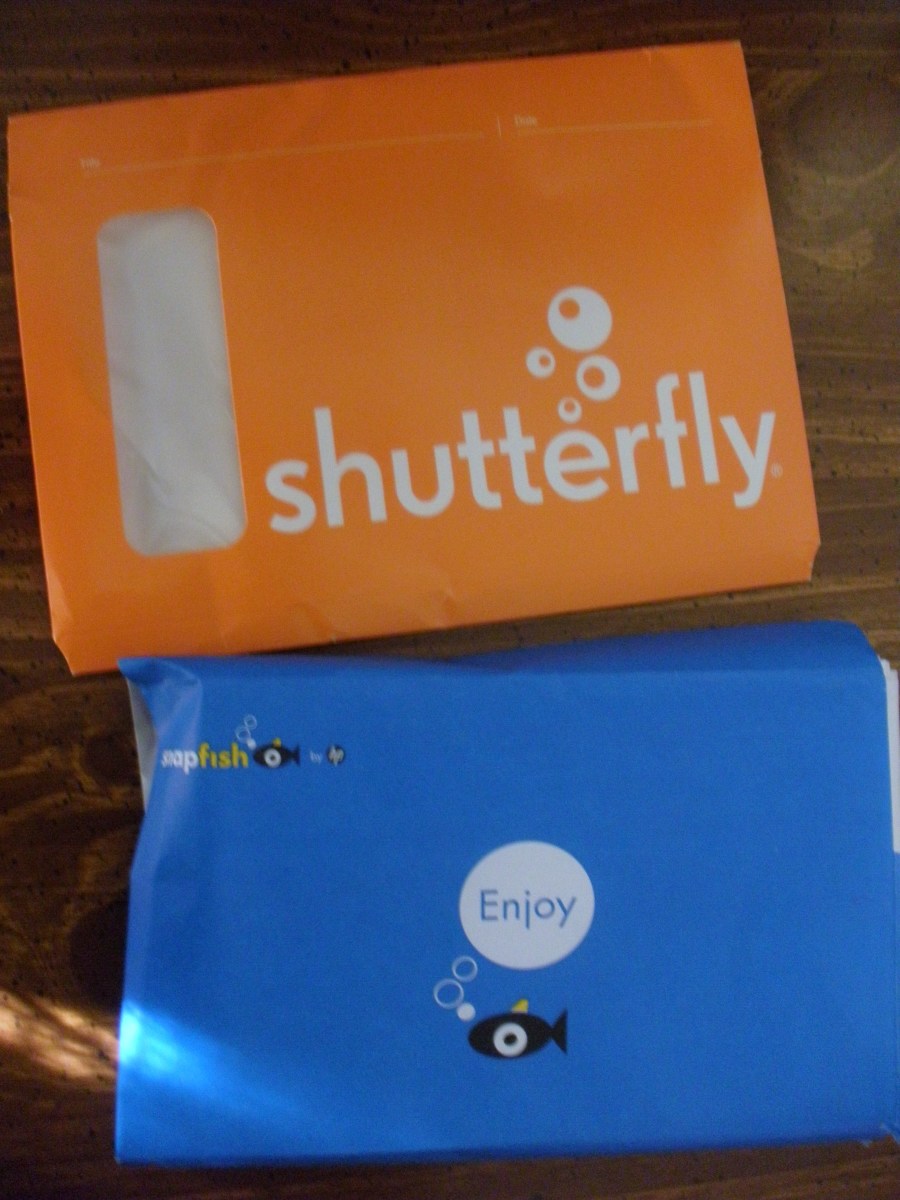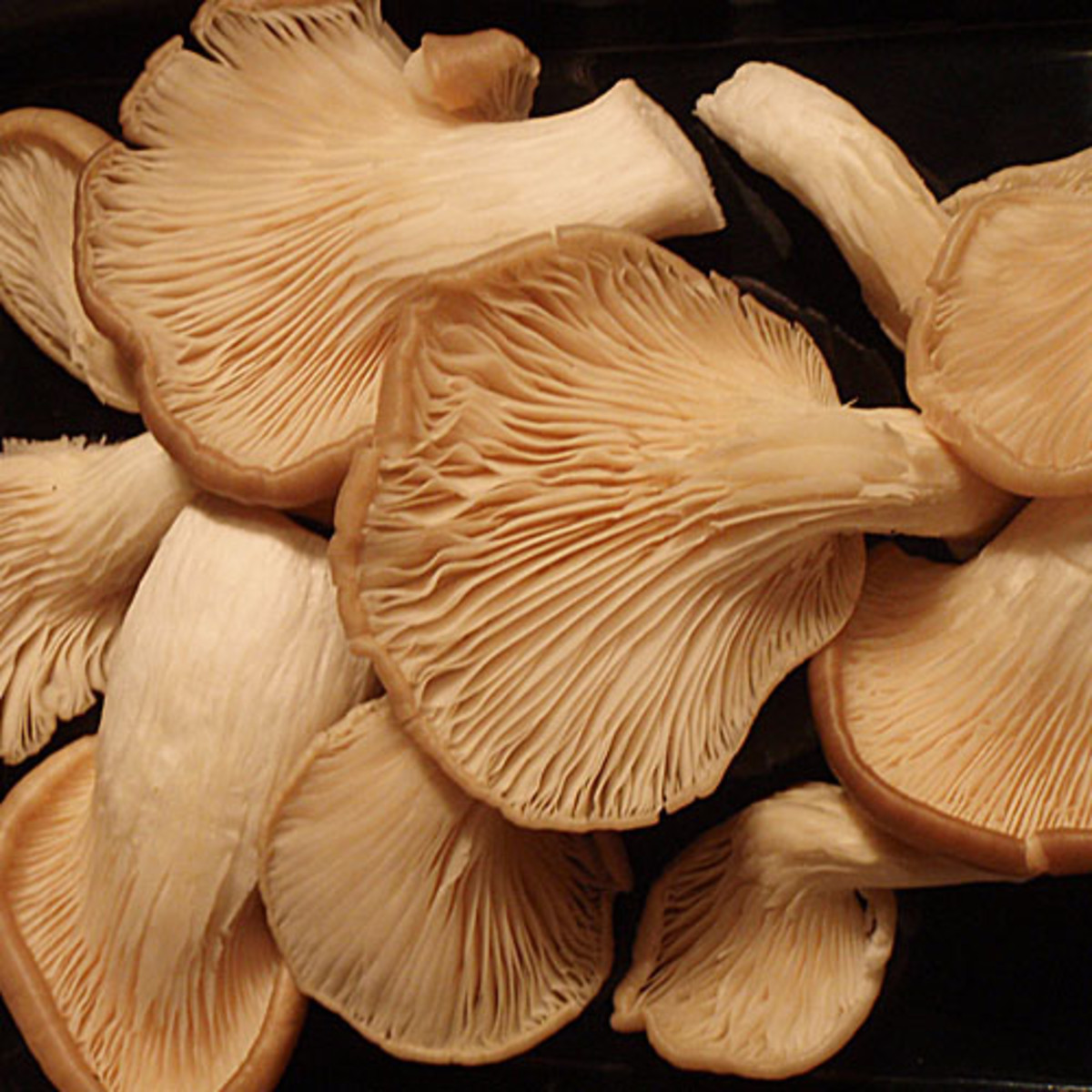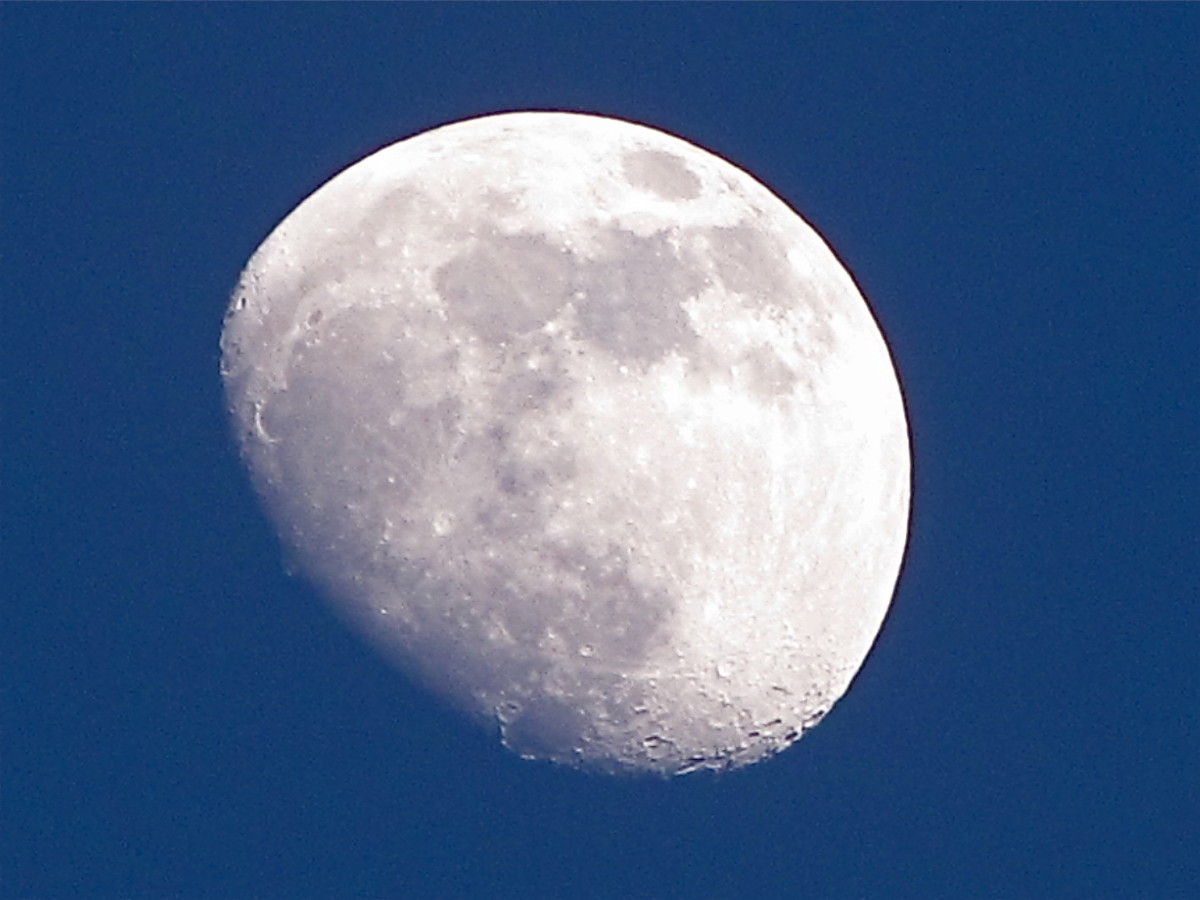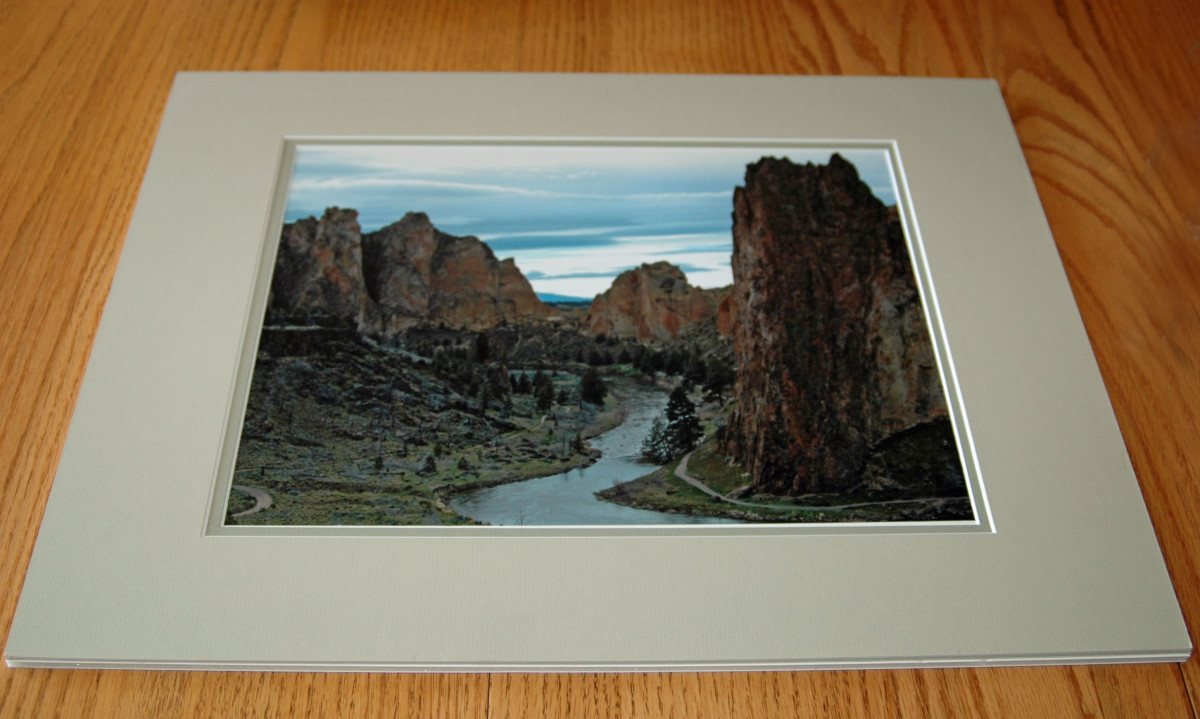Photographing Mushrooms
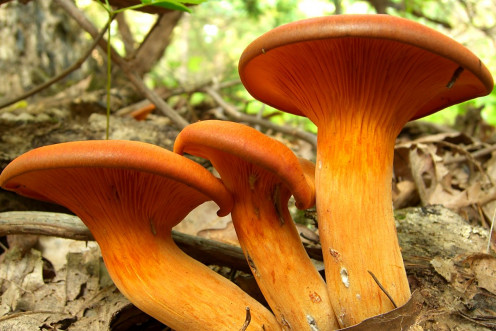
So far as the best equipment to use; a camera with a lens that allows for close ups like a macro,and a ring flash is probably all the gear that you will need. Off course depending on the terrain, you may find a blanket for you to lay upon useful as well since many grow in rather damp and humid areas which are thick with dead plant material. Apart from these simple pieces of gear, that should be all.
There is no secret to taking great mushroom photographs other than how you choose to represent them and for this using an angle that puts you at their level, which is usually the ground, should suffice.
The ring light is mainly used to shed some illumination on the mushroom since the heavy plant growth that usually accompanies them leaves you with little choice so far as available light.
Photographing mushrooms is perhaps one of the last things you may think off when deciding on your next photographic adventure. Yet these tiny pretty subjects do have something to offer. Not only are most of the locations where they can be found worth exploring but with careful attention to detail and some interesting angles and perspectives you can create truly exceptional images worthy of a fine art gallery as well as having the ability of submitting these photographs to quite a few publication and industry related businesses.
First keep in mind that we are referring to the colorful varieties and there are plenty of them. From bright reds, yellows, oranges to even some delicate blue ones. Granted to have to research their geographic locations, the best times and then proceed to do a scouting of the locations to find suitable subjects which may or may not be readily visible. However once you find them photographing them should not be an issue since they are rather hardly and stand up well to most breezes.
Pay attention to the details found within each subject as many usually suffer from insect and grubs feeding habits as well as the passing of time. It may be wroth it to examine each specimen closely to decide of the best angles and to decide if the shot would benefit from some interference from the photographer such as removing plant material which may be interfering with a clear view or just appears unsightly if it's laying next to or in front of your preferred angle.
If you do find a suitable subject worthy of a photograph but you find that some insect or grub happens to be feeding on it, most professional photographers would tell you to leave it in place and include it in the shot. I tend to agree since the presence of such life forms adds interest to the scene and makes for a more interesting view.
However if the insect or grub is quite unsightly you may carefully place it aside, take the shots, and like any good naturalist , place it back where you found it. Nature is wise and we should never interfere with her designs is a good approach to take with you on any nature related photographic assignment or project.
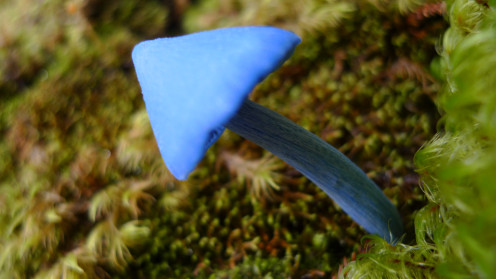
Have you found mushrooms which have caught your attention and did it seem difficult to take their photograph?
Once you have a good selection of mushroom photographs, then examine each shot individually and carefully for pleasing elements, how the overall shots looks to the eye, the perspective and any other photo related element that you would consider makes a good photograph.
After reviewing and selecting the best shots, think for a moment about how you want to use such images. Many nature magazines, photographic publications, food industry businesses and others may be interested in using your images if they are technically sound and are pleasant to the eye.
Keep in mind to include the tech specs with each shot; where you found the subject, what camera, lens and film,/sensor you used, the type of light source, time of day, exposure length, aperture and so on.
Also include the common name of each species as well as the scientific one. Just because a mushroom species is known by one name in your part of the world does not necessarily mean that the rest of us will also know it by the same name. However, the scientific name is the same the world over and most editors make this inclusion a requirement since their publications are shown in more than one region of the globe.
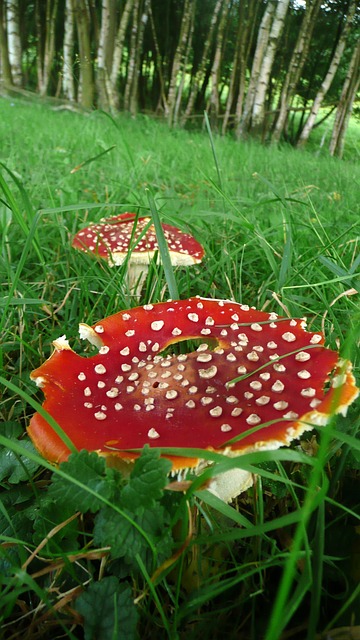
It is worth considering that if you intent on submitting images to publications that mainly focus on foods, your project should then shift focus to the less colorful but edible varieties. Even though most are rather dull in appearance, you can still make good photographs out of them.
Here the angle, perspective and the light will play a more crucial part than when photographing their more colorful relatives. With this variation is is very important to include specific regional information, times, and weather conditions since mushroom/food connoisseurs take these fact very seriously when judging the quality of each food/mushroom as the source plays a big role in their categorization.
I remember that once I took some shots of edible varieties and was very pleased with my results. But once I presented the samples to a food magazine publisher who wanted to make an article about edible mushroom varieties, my images were rejected because the particular location where I had found my specimens was not considered the best for such subjects (too dry it seemed). Little had I realized that other factors besides how good the images were, would affect my ability to sell these images.
Try to enjoy the project while foraging the habitats where they are found and do not forget to keep an open mind and a keen yer for other subjects.
Remember that the places where these mushrooms are usually found also serve as a habitat for many more species bot flora and fauna.
Paying too much attention on one specific subject and forgetting to observe your surrounding often results in a missed opportunity.
Always take your camera with you and be ready to snap a picture if the opportunity should present itself to you.
- How to Photograph Mushrooms, Toadstools and Fungi
One of my favorite things to photograph is Mushrooms – in this post I’ll give you some tips on how to do it. As a child I had a love hate relationship with Mushrooms. Read more: http://digital-photography-school.com/how-to-photograph-mushrooms-toad
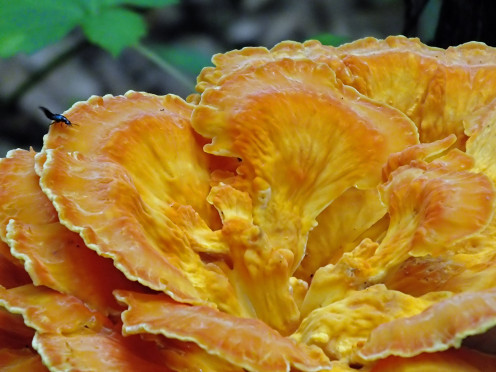
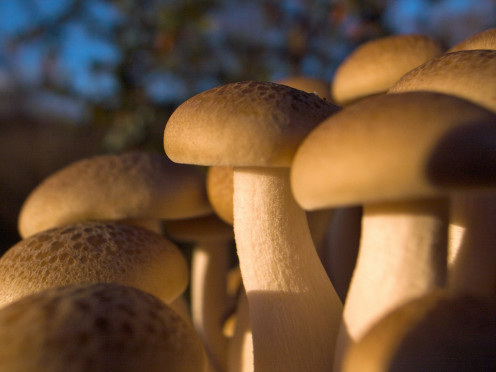
Before we leave you should at least become somewhat familiar with what is truly considered a mushroom and become knowledgeable with how to identify each species which in the long run will make you search and photography of them that much better:
"A mushroom (or toadstool) is the fleshy, spore-bearing fruiting body of a fungus, typically produced above ground on soil or on its food source. The standard for the name "mushroom" is the cultivated white button mushroom, Agaricus bisporus; hence the word "mushroom" is most often applied to those fungi (Basidiomycota, Agaricomycetes) that have a stem (stipe), a cap (pileus), and gills (lamellae, sing. lamella) or pores on the underside of the cap.
"Mushroom" describes a variety of gilled fungi, with or without stems, and the term is used even more generally, to describe both the fleshy fruiting bodies of some Ascomycota and the woody or leathery fruiting bodies of some Basidiomycota, depending upon the context of the word." Wikipedia
- Tips for Using a Digital Camera to Photograph Mushrooms (MushroomExpert.Com)
I am not a professional photographer, and I'm not even very good at taking pictures. But like many mushroom collectors, I like to illustrate my collections. Over the years I have developed some techniques that have somewhat improved the quality of my
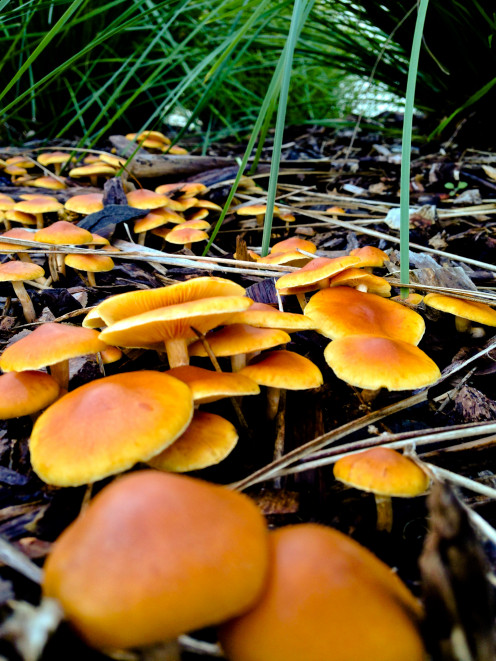
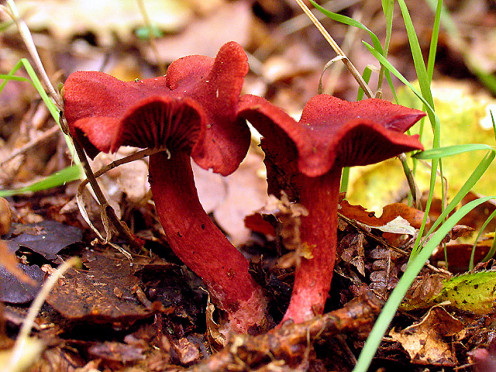
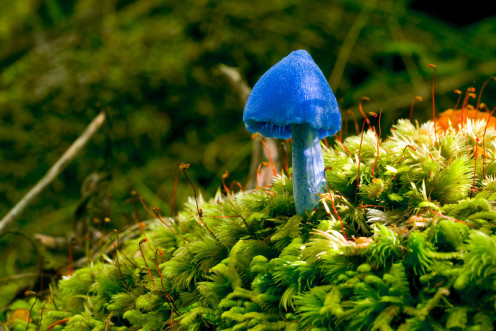
© 2013 Luis E Gonzalez




